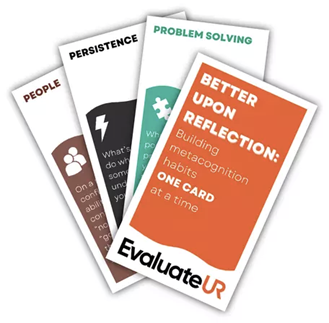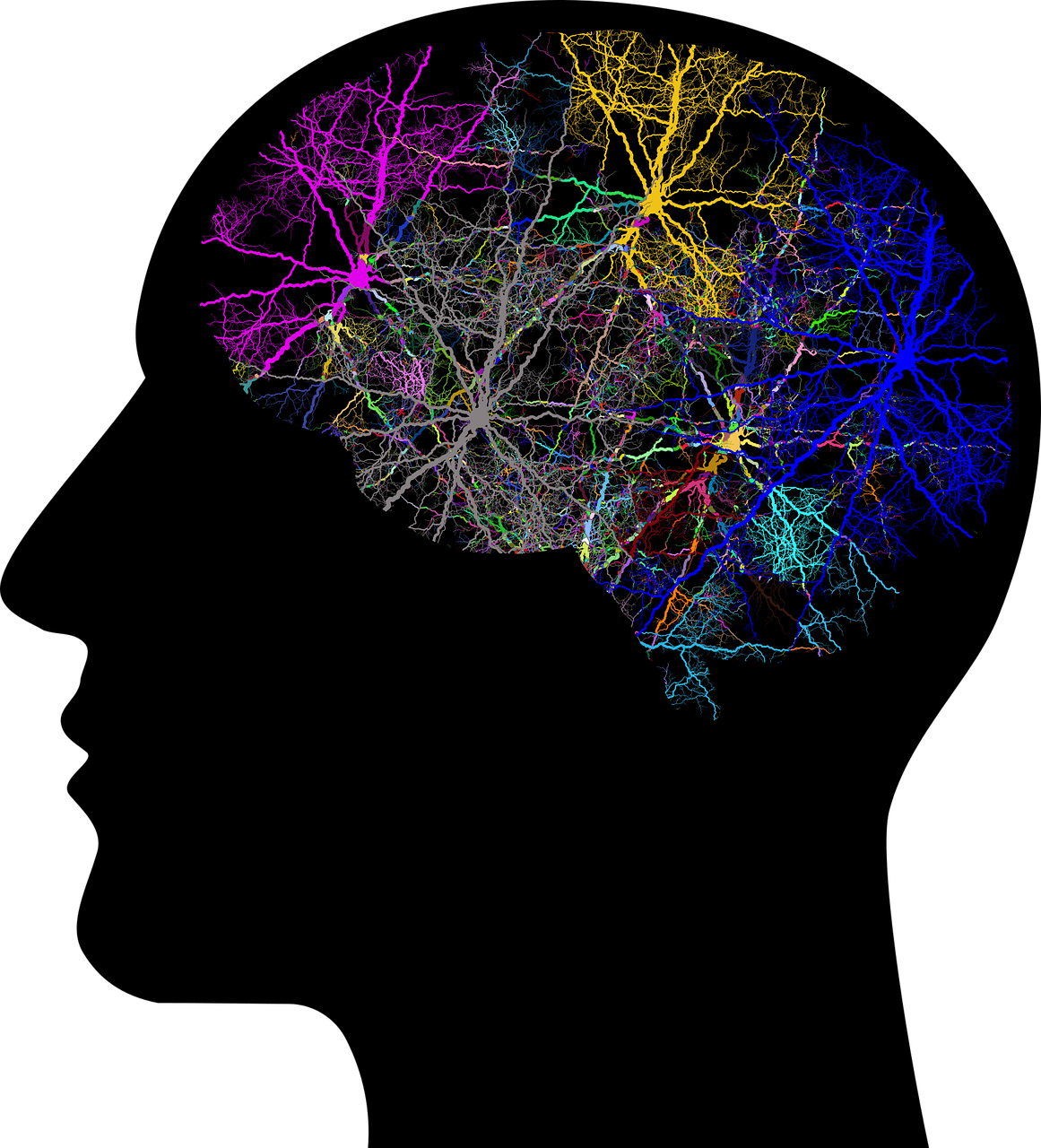By John Draeger, SUNY Buffalo State
This post brings metacognition to an already valuable teaching tool. Just-in-time techniques require that students submit short assignments prior to class. Instructors review those answers before class and use them to shape class time. In my philosophy classes, for example, I assign two short questions via a course management system (e.g., Blackboard). At least one of the questions is directly related to the reading. Students are required to submit their answers electronically by 11:00 p.m. the night before class. When I wake up in the morning, I read through their responses and use them to make decisions about how class time will be used. If students seemed to grasp the reading, then I spend less time reviewing the basic arguments and more time exploring deeper content and connections. If student responses displayed a misunderstanding of the reading, then we spend class time carefully examining passages in the text and digging out the relevant arguments.
Just-in-Time techniques have been used in a variety of disciplines and they have been shown to increase the likelihood that students will complete their reading assignments, read more carefully, and take ownership over their learning (Novak 1999; Simkins & Maier, 2009; Schraff et al. 2011). However, just-in-time assignments are typically used to prompt students to complete their assigned reading pages and gauge their basic comprehension. While both are valuable, I argue that the technique can also be used to promote other important skills.
For example, pre-class questions can be used to develop higher-order thinking skills. Students can be asked to examine an author’s point of view, underlying assumptions, or the implications of her view. Such questions prompt students to move beyond their knowledge of what is contained in the text towards active engagement with that text. Students can be asked to apply concepts in the reading (e.g., stereotype bias) to something in the news. And students can be asked to analyze the connections between related course ideas. In a previous post, “Using metacognition to uncover the substructure of moral issues,” I argued that students begin to “think like a philosopher” when they can move beyond the surface content (e.g., hate speech and national security) and towards the underlying philosophical substructure (e.g., rights, well-being, dangers of governmental intrusion). Like other skills, developing higher-order thinking skills requires practice. Because just-in-time assignments are a regular part of a student’s week, incorporating high-order thinking questions into just-in-time assignments can give students regular opportunities to practice and hone those skills.
Likewise, pre-class assignments can give students a regular outlet to practice and develop metacognition. Students can be asked to reflect on how they prepared for class and whether it was effective (Tanner 2012). Pre-class questions might include: how long did you spend with the reading? Did you finish? Did you annotate the text? Did you write a summary of the central argument? Did you formulate questions based on the reading for class discussion? Was this reading more difficult than the previous? If so, why? Did you find yourself having an emotional reaction to the reading? If so, did this help or hinder your ability to understand the central argument? Are your reading techniques adequately preparing you for class? Or, are you finding yourself lost in class discussion despite having spent time doing the reading? If pre-class questions related to higher-order thinking ask students to do more than simply “turn the pages,” then pre-class questions related to metacognition ask students to do more than simply engage with the material, but also engage with their own learning processes.
When just-in-time questions are a regular part of the ebb and flow of a course, students must regularly demonstrate how much they know and instructors can regularly use that information to guide course instruction. These techniques work because there is a consistent accountability measure built-in. I suggest that just-in-time assignments can also be used to give students regular practice developing both higher-order thinking and metacognition skills. I have been incorporating higher-ordering thinking into just-in-time assignments for years, but I confess that I have only given metacognition prompts when things have “gone wrong” (e.g., poor performance on exams, consistent misunderstanding of the reading). Responses to these questions have led to helpful conversation about the efficacy of various learning methods. Writing this blog post has prompted me to see the potential benefits of asking such questions more often. I pledge to do just that and to let you know how my students respond.
References
Novak, G., Patterson, E., Gavrin, A., & Christian, W. (1999). Just-in-time teaching: Blending active learning with web technology. Upper Saddle River, NJ: Prentice Hall.
Scharff, L., Rolf, J. Novotny, S. and Lee, R. (2011). “Factors impacting completion of pre-class assignments (JiTT) in Physics, Math, and Behavioral Sciences.” In C. Rust (ed.), Improving Student Learning: Improving Student Learning Global Theories and Local Practices: Institutional, Disciplinary and Cultural Variations. Oxford Brookes University, UK.
Simkins, S. & Maier, M. (2009). Just-in-time teaching: Across the disciplines, across the academy. Stylus Publishing, LLC..
Tanner, K. D. (2012). Promoting student metacognition. CBE-Life Sciences Education, 11(2), 113-120.



